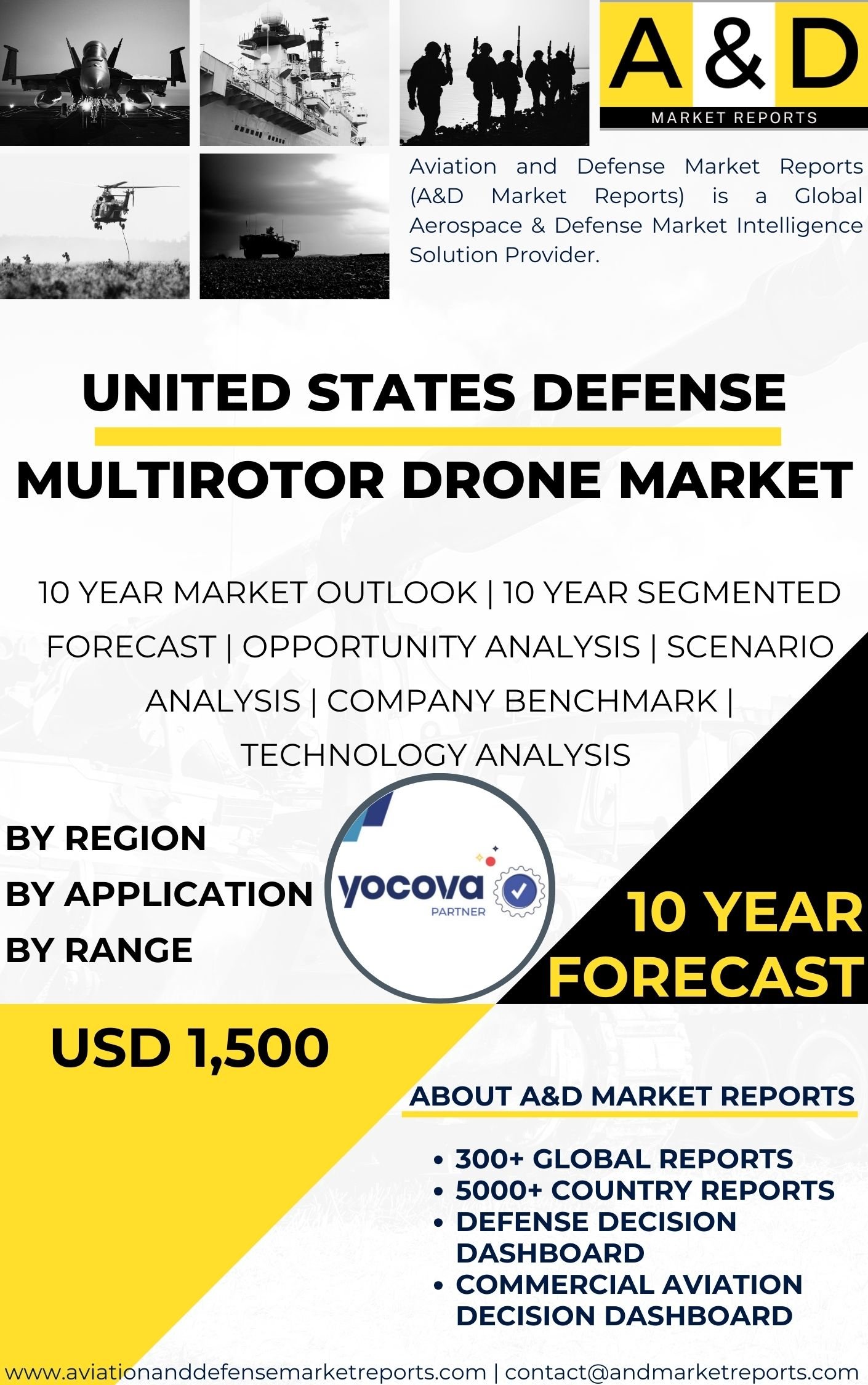Description
In the United States’ defense industry, multirotor drones have emerged as valuable assets, providing a wide range of capabilities to support military operations. Multirotor drones, also known as quadcopters or multirotor unmanned aerial vehicles (UAVs), are unmanned aircraft with multiple rotors that enable vertical takeoff and landing (VTOL) capabilities. These versatile aerial platforms have revolutionized reconnaissance, surveillance, intelligence gathering, and situational awareness in military operations. This article will explore the development, types, applications, and significance of multirotor drones in the United States’ defense landscape.
The development of multirotor drones in the U.S. defense sector has roots in both military and civilian applications. The first multirotor drones were developed as early as the 1920s, but significant advancements in technology occurred in the 2000s, driven by miniaturization of electronics, improvements in battery technology, and advancements in autonomous flight control systems.
Today, multirotor drones come in various configurations, with quadcopters being the most common, equipped with four rotors. Other configurations include hexacopters (six rotors) and octocopters (eight rotors), which offer enhanced payload capacity and stability for specific applications.
Multirotor drones have proven to be valuable assets for defense operations, offering several advantages over traditional fixed-wing UAVs and manned aircraft. Their VTOL capabilities eliminate the need for runways, allowing them to be deployed quickly and in confined spaces. Multirotor drones can hover and maneuver precisely, making them ideal for close-quarters reconnaissance, surveillance, and monitoring missions.
One of the primary applications of multirotor drones in defense is intelligence, surveillance, and reconnaissance (ISR) missions. Equipped with high-resolution cameras, thermal imaging sensors, and other advanced sensors, these drones provide real-time situational awareness to military personnel, enhancing decision-making processes and enabling rapid responses to threats.
Moreover, multirotor drones equipped with communications relay systems play a crucial role in providing connectivity and extending the operational range of military units. In remote or austere environments where traditional communication networks are limited or disrupted, these drones act as mobile communication nodes, enabling seamless connectivity for troops on the ground.
Multirotor drones have also proven effective in supporting military search and rescue operations. Their ability to access difficult terrain and tight spaces makes them valuable tools for locating and assisting personnel in distress.
In addition to ISR and communications relay, multirotor drones are used for force protection, perimeter security, and counter-terrorism operations. Their agility and small size make them less detectable than larger UAVs, providing a stealth advantage in certain scenarios.
The adaptability of multirotor drones extends to counter-drone operations, where they are used to detect, track, and neutralize hostile drones that pose a threat to military installations or personnel. These drones can be equipped with anti-drone technologies, such as net guns or electronic countermeasures, to safely disable unauthorized UAVs.
The significance of multirotor drones in the U.S. defense landscape lies in their versatility and ability to fill critical operational gaps. Multirotor drones offer a cost-effective and efficient means of collecting intelligence and conducting reconnaissance without exposing human assets to unnecessary risks.
Furthermore, the use of multirotor drones supports the U.S. military’s broader strategy of integrating unmanned systems into joint operations. As part of a broader network of UAVs, manned aircraft, and ground assets, multirotor drones enhance the overall effectiveness and reach of military operations.
The ongoing development and advancement of multirotor drones involve continuous research and investment in various areas. The U.S. Department of Defense (DoD) collaborates with defense contractors, research institutions, and universities to enhance drone capabilities, address emerging challenges, and drive innovation.
Advancements in miniaturization, materials science, and sensor technologies contribute to the development of lighter and more efficient drones with longer endurance and enhanced payload capacity.
Moreover, research focuses on improving autonomous flight control systems, enabling drones to operate autonomously in complex environments, avoid obstacles, and adapt to changing conditions.
Challenges in the development of multirotor drones include extending their operational range and endurance. As battery technology continues to evolve, drones can fly for longer durations, enabling extended missions and greater coverage areas.
Additionally, efforts are made to enhance the security of drone communication and data transmission to prevent unauthorized access and potential cyber threats.
Furthermore, the U.S. military seeks to address regulatory challenges related to airspace integration and drone operations. Ensuring safe and efficient airspace management is crucial for the successful integration of drones into military operations alongside manned aircraft.
To address these challenges, the DoD actively engages in collaborations with industry stakeholders, regulators, and other government agencies to establish a robust regulatory framework for drone operations.
In conclusion, multirotor drones have become integral assets in the United States’ defense landscape, offering a wide range of capabilities to support military operations. These unmanned aerial platforms excel in intelligence, surveillance, reconnaissance, and communications relay missions, providing real-time situational awareness and connectivity to military personnel.
Their agility, VTOL capabilities, and versatility make them valuable tools for force protection, search and rescue, and counter-terrorism operations.
The ongoing development and advancement of multirotor drones involve continuous research and investment in various areas, including miniaturization, sensor technologies, autonomous flight control systems, and airspace integration.
Through the strategic implementation of multirotor drones, the U.S. Department of Defense can enhance operational capabilities, improve mission effectiveness, and ensure the safety of military personnel in an ever-evolving and challenging security landscape.




